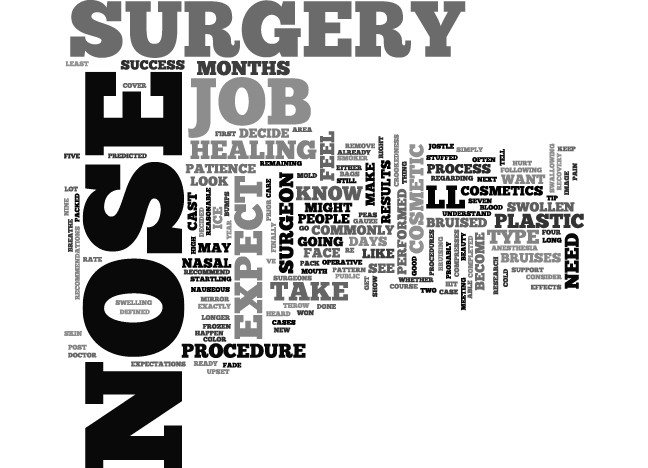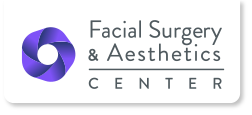If you’re considering a rhinoplasty (or nose job), you’ve probably heard a lot of horror stories about botched procedures. In fact, around 10 percent of first-time rhinoplasty procedures result in a second rhinoplasty down the road. A procedure can be considered “botched” for many reasons: the doctor is inexperienced, the patient has unrealistic expectations, the patient doesn’t follow post-op procedure, the initial rhinoplasty is altered in some sort of nose-breaking accident, etc.
If you have a “botched” rhinoplasty currently, you probably have many frustrations, but don’t lose hope! Many patients find success in revision rhinoplasties. However, we recommend waiting at least one year between rhinoplasties to ensure all swelling has gone down.
In order to avoid a revision rhinoplasty OR fix a previously botched rhinoplasty, follow these tips:
Find an experienced facial plastic surgeon.
Rhinoplasties are one of the most difficult cosmetic surgeries to perform. It takes more than 500 procedures for a surgeon to create consistent, satisfactory results.
 Ask for the plastic surgeon’s revision rate.
Ask for the plastic surgeon’s revision rate.
If a surgeon’s patients frequently seek revisions, chances are you might need a second procedure as well. High revision rates may be due to an inexperienced surgeon, or a surgeon who has a poor aesthetic.
Ask about the surgeon’s experience with revision rhinoplasties.
Because of the complication of scarring and lost tissue, revision rhinoplasties are even more difficult than first-time rhinoplasties. If the surgeon has successful and significant experience with revisions, you’re probably in good hands for your procedure.
Look at before and after pictures.
It’s important to understand a surgeon’s aesthetic before choosing your doctor. It’s all about proportion with rhinoplasties, so look at before and after pictures of the surgeon’s past procedures, and see how the rhinoplasty fits with the patient’s face. Your surgeon should design the procedure to enhance your features — not just create a cookie-cutter nose. Look at pictures of both first-time rhinoplasties and revision rhinoplasties.
Talk to the surgeon’s past patients.
A surgeon should give you ways to contact his or her past patients. These individuals will be able to talk honestly about their experience with the surgeon and the results of their rhinoplasty. If a patient expresses doubts in the surgeon’s abilities, or indicates a botched procedure on behalf of the surgeon’s inexperience, you should look for someone else for your rhinoplasty.
Find a surgeon who uses digital imaging.
Surgeons who are up-to-date on current procedures will offer digital imaging during your consultation. You can use this imaging software to show how different rhinoplasties will look on your face. This will help mitigation post-op disappointment if the procedures doesn’t appear exactly how you imagined.
Follow pre- and post-op procedures closely.
To avoid scarring and bad healing, follow the procedures your doctor gives you closely. He or she will give you instructions on cleaning, what medications to take and avoid, how to shower, how much physical activity you can do, and more. All of these things are important in guaranteeing a successful rhinoplasty.
In the end, there’s no guarantee of a perfect rhinoplasty or revision rhinoplasty, but following these tips will help ensure that your procedure isn’t “botched.” Remember, the most important thing is finding a plastic surgeon with significant experience — one who has preferably performed thousands of rhinoplasties.




